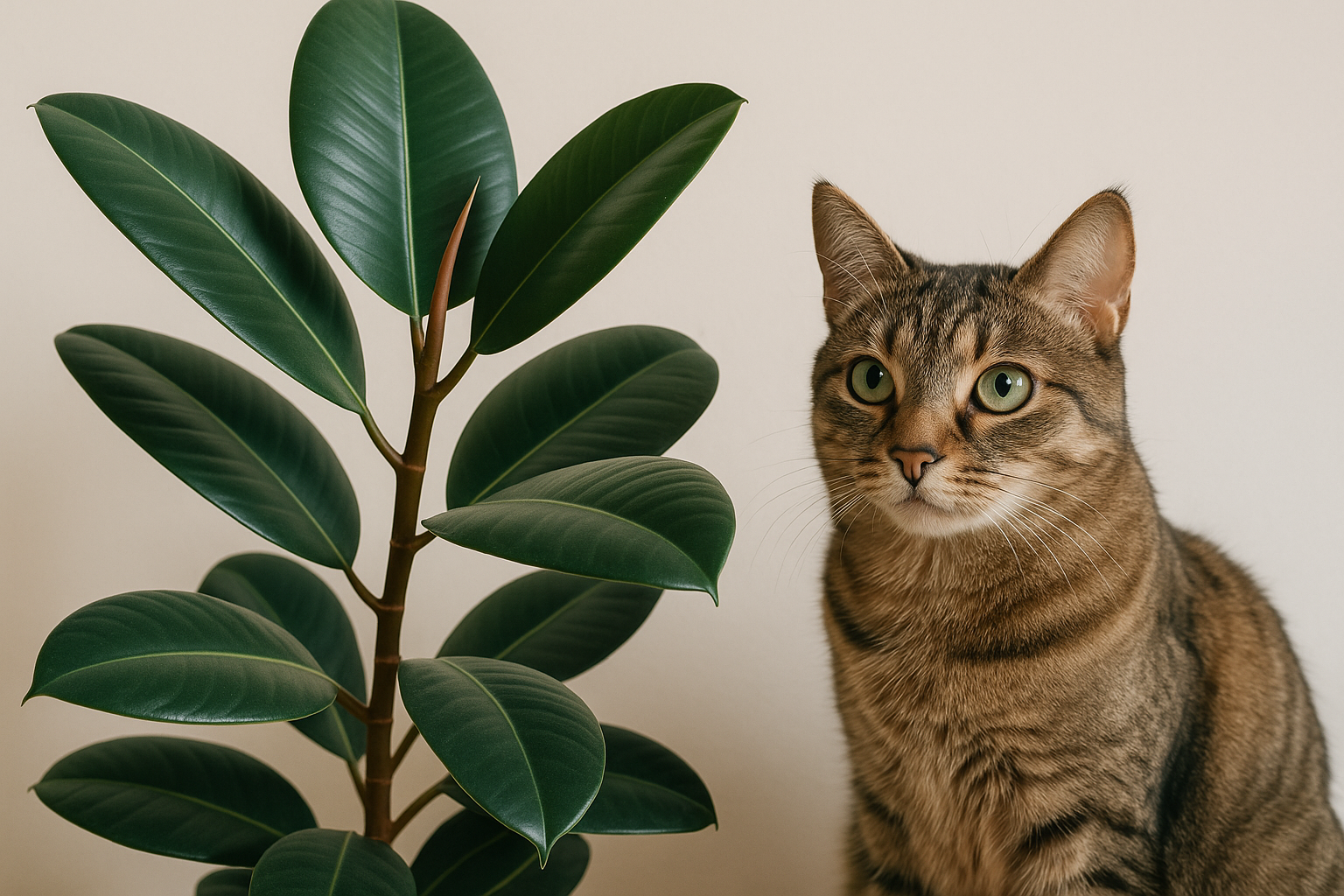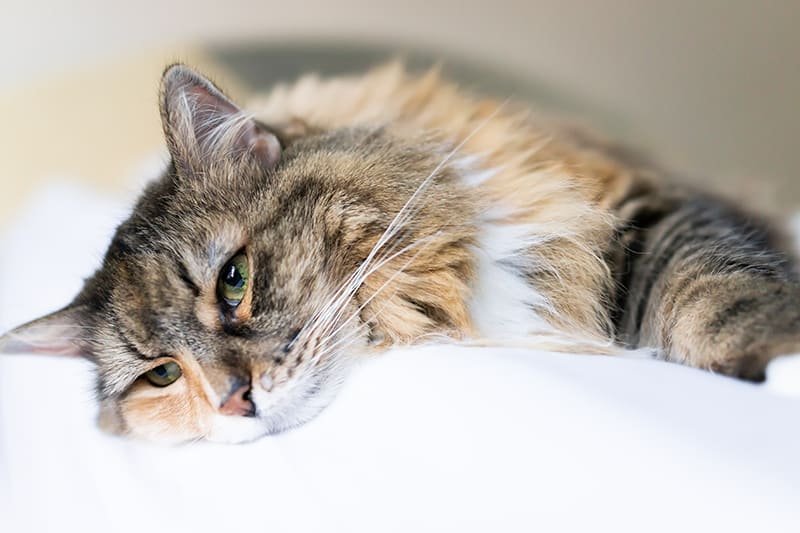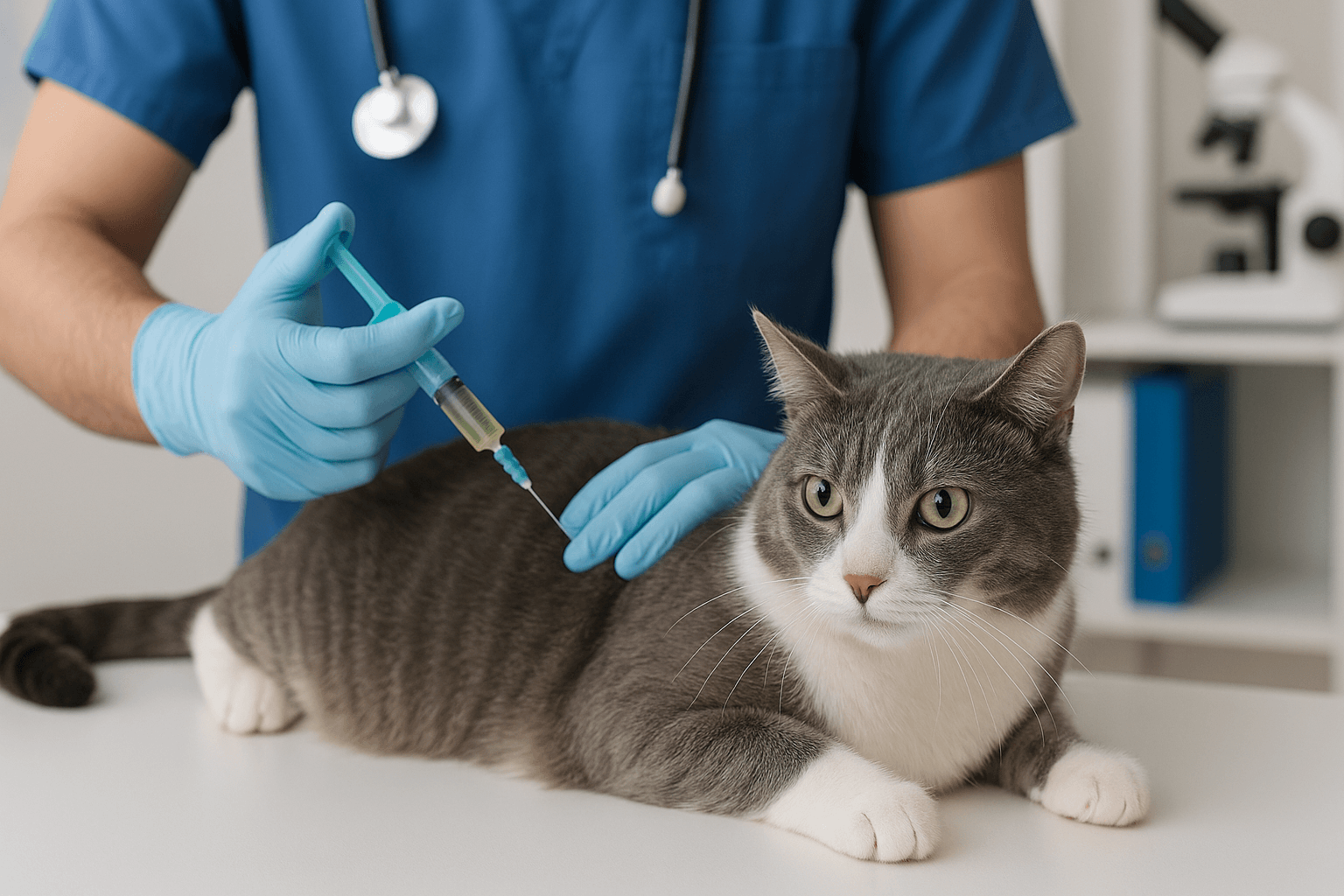Are Pine Trees Toxic to Cats?
Pine trees are a staple of festive decorations, outdoor landscapes, and even household air fresheners. However, many cat owners wonder whether these aromatic trees pose any risks to their feline friends. While pine trees themselves are not highly toxic, certain parts or products derived from them can still cause harm if ingested or mishandled. Understanding the potential dangers and taking preventive measures is essential for keeping your curious cat safe. In this blog post, we’ll explore everything you need to know about pine trees and their impact on cats, from identifying risks to creating a pet-friendly environment.
Potential Risks of Pine Trees for Cats
While pine trees are not considered highly toxic, they can still pose certain risks to cats, especially if ingested or exposed to specific products. Here’s what you need to be aware of:
Essential Oils and Fragrances:
Pine-scented essential oils or cleaning products can irritate a cat’s respiratory system or cause gastrointestinal upset if ingested.Tree Sap:
The sticky sap from pine trees can cause mild skin irritation or an upset stomach if licked or ingested by your cat.Needles and Bark:
Sharp pine needles can pose a choking hazard or cause internal injuries if swallowed, while bark may lead to digestive blockages.Pesticides or Preservatives:
Commercially sold pine trees or garlands may be treated with chemicals that are harmful to pets if ingested.Artificial Pine Products:
Synthetic pine sprays or air fresheners often contain compounds that can irritate a cat’s sensitive respiratory system.
While the risks are generally low, it’s important to monitor your cat’s interactions with pine trees and related products to prevent accidental exposure.
Signs Your Cat May Be Affected by Pine Exposure
If your cat comes into contact with or ingests parts of a pine tree, they may exhibit certain symptoms indicating discomfort or toxicity. Recognizing these signs early can help you act quickly.
Gastrointestinal Upset:
Vomiting, diarrhea, or drooling may occur if your cat ingests pine needles, sap, or oils.Respiratory Distress:
Difficulty breathing, sneezing, or coughing could signal irritation from pine-scented products or airborne particles.Skin Irritation:
Redness, itching, or swelling may develop if your cat’s skin comes into contact with pine sap or oils.Lethargy or Weakness:
A sudden lack of energy or unusual behavior might indicate poisoning or ingestion of harmful substances.Excessive Licking or Pawing:
If your cat is obsessively licking their paws or mouth, it could mean they’ve come into contact with something irritating.
If you notice any of these symptoms, consult your veterinarian promptly to rule out serious issues.
Check this guide 👉Can Cats Eat Chorizo? Best 7 Expert Tips!
Check this guide 👉Can Cats Eat Okra? Best 7 Expert Tips!
Check this guide 👉Can Cats Eat Pork Rinds? Best 7 Expert Tips!

Safe Practices Around Pine Trees | Risks to Avoid for Your Cat |
|---|---|
Use natural, untreated pine trees | Avoid pine trees sprayed with pesticides |
Keep pine-scented products out of reach | Don’t use essential oils in your home |
Sweep up fallen needles regularly | Prevent access to artificial pine sprays |
Monitor your cat during holidays | Discourage chewing on pine needles |
Consult a vet about plant safety | Avoid exposing cats to chemical preservatives |
How to Safely Introduce Pine Trees to Your Home
If you want to enjoy the beauty of pine trees without compromising your cat’s safety, follow these tips to minimize risks.
Choose Natural Over Artificial:
Opt for real pine trees instead of artificial ones, as synthetic materials may release harmful chemicals over time.Inspect for Treatments:
Ensure the tree hasn’t been treated with pesticides, preservatives, or fire retardants before bringing it indoors.Secure the Tree Properly:
Anchor the tree firmly to prevent it from tipping over and injuring your curious cat.Clean Up Regularly:
Sweep up fallen needles daily to reduce the risk of ingestion or injury.Supervise Your Cat:
Keep an eye on your cat when they’re near the tree to discourage chewing or climbing.
By taking these precautions, you can safely enjoy the festive charm of pine trees while protecting your feline companion.
Alternative Decorations Safe for Cats
If you’re concerned about the risks associated with pine trees, there are plenty of cat-friendly alternatives to consider for your home decor.
Non-Toxic Plants:
Choose pet-safe plants like spider plants, Boston ferns, or African violets to add greenery without the risk.Fabric or Paper Garlands:
Replace traditional pine garlands with fabric or paper decorations that are safe for curious cats.Battery-Operated Lights:
Use LED lights instead of candles or scented lights to create a cozy atmosphere without hazards.Cat-Friendly Ornaments:
Hang lightweight, non-breakable ornaments that won’t harm your cat if knocked over.DIY Decorations:
Get creative with homemade crafts using safe materials like felt, wood, or yarn.
These alternatives allow you to decorate your home beautifully while ensuring your cat’s safety.
Common Mistakes to Avoid When Decorating with Pine Trees
Decorating with pine trees can be fun, but certain mistakes can put your cat at risk. Avoid these pitfalls to ensure a pet-safe holiday season.
Using Scented Sprays Near the Tree:
Pine-scented sprays can irritate your cat’s respiratory system; stick to unscented options instead.Leaving Needles on the Floor:
Fallen needles can be ingested or cause injury; clean them up promptly to avoid accidents.Placing Fragile Ornaments Within Reach:
Delicate decorations can break and harm your cat; keep them out of paw’s reach.Ignoring the Tree Stand:
Cats may drink from the tree stand; cover it or use a deterrent to keep them away.Forgetting to Supervise Playtime:
Cats love to explore new additions to the home; always keep an eye on their interactions with the tree.
Avoiding these mistakes ensures a safer and more enjoyable experience for both you and your cat.
Health Considerations for Cats Exposed to Pine Products
While pine trees themselves are relatively safe, certain products derived from pine can pose significant health risks to cats. Being aware of these considerations helps you take proactive steps to protect your pet.
Liver Sensitivity to Essential Oils:
Cats lack the enzymes needed to metabolize essential oils, making them particularly vulnerable to toxicity.Respiratory Issues from Air Fresheners:
Synthetic pine scents can exacerbate asthma or other respiratory conditions in sensitive cats.Digestive Blockages from Needles:
Swallowed pine needles can cause obstructions in the digestive tract, requiring veterinary intervention.Allergic Reactions to Sap:
Some cats may develop allergic reactions after coming into contact with pine sap.Chemical Exposure from Treated Trees:
Trees sprayed with pesticides or preservatives can introduce harmful substances into your home.
Understanding these risks allows you to make informed decisions about using pine products around your cat.
Fun Ways to Include Your Cat in Holiday Decorations
Including your cat in the decorating process can make the holidays more enjoyable for everyone. These ideas ensure your cat feels included while staying safe.
Provide a Cat-Safe Tree:
Set up a small, sturdy cat tree adorned with bells and feathers for your feline friend to explore.Use Interactive Toys as Ornaments:
Hang soft, dangling toys from furniture or cat trees to encourage play without danger.Create a Cat-Friendly Wreath:
Make a wreath out of catnip or cat-safe herbs for your cat to sniff and enjoy.Offer Treat-Filled Stockings:
Fill stockings with cat treats or toys and hang them low enough for your cat to discover.Incorporate Catnip Decorations:
Add catnip-filled ornaments or garlands to your decor to delight your furry companion.
These ideas allow you to celebrate the season with your cat while keeping their safety in mind.
Frequently Asked Questions About Pine Trees and Cats
Are all types of pine trees safe for cats?
Most pine trees are not highly toxic, but some species may cause mild irritation if ingested. Always supervise your cat around them.
What should I do if my cat eats pine needles?
Monitor your cat for symptoms like vomiting or lethargy. If you’re concerned, contact your veterinarian immediately.
Can pine-scented air fresheners harm cats?
Yes, synthetic fragrances can irritate a cat’s respiratory system. It’s best to avoid using them around pets.
Is Christmas tree water safe for cats to drink?
No, the water may contain harmful bacteria, fertilizers, or preservatives. Keep your cat away from the tree stand.
How can I stop my cat from climbing the tree?
Use deterrent sprays, secure the tree properly, and provide alternative climbing options like cat trees.
Creating a Safe Environment for Your Cat Around Pine Trees
While pine trees are not inherently toxic to cats, they do present certain risks that require vigilance and precaution. By understanding the potential dangers and implementing safe practices, you can enjoy the beauty of pine trees without compromising your cat’s well-being. Whether you choose to bring a real tree into your home or opt for pet-friendly alternatives, the key is to prioritize your cat’s health and happiness. With a little care and attention, you can create a festive and safe environment that everyone—humans and felines alike—can enjoy.
Is the Rubber Tree Cat Safe? Best 7 Expert Tips! Discover expert advice on keeping rubber plants safely in cat-friendly homes and learn top tips for pet-safe plant care.
Low Red Blood Cell Count in Cats: Best 7 Expert Tips! Discover causes, symptoms, and treatment options for feline anemia. Learn how to support your cat’s health effectively with expert advice.
Understanding Megacolon Treatment: Best 7 Expert Tips! Discover effective strategies to manage feline megacolon, from dietary changes to surgical options, ensuring your cat’s comfort and long-term health.
How to Register a Therapy Cat: Best 7 Expert Tips! Discover essential steps to certify your cat as a therapy animal, prepare them for training, and make a meaningful impact in therapeutic settings.




